Do Students Know How to Handle Different Hair Textures?
When you sit in a stylist’s chair, one of the first things you hope for is someone who understands your hair type. Whether you have tight coils, loose waves, stick-straight strands, or something in between, it's natural to wonder: Will this stylist know how to work with my texture? For clients visiting a hair academy salon, that question becomes even more important—after all, services are being performed by students.
But at Hair Art Academy, texture education isn’t an afterthought—it’s an essential part of our curriculum. Today’s beauty industry demands inclusivity and versatility, and we believe every future stylist should be trained to confidently work with all types of hair. Here’s what you need to know about how students at our academy are prepared to handle diverse textures with care, skill, and respect.
1. Texture Training Is Built into the Curriculum
At Hair Art Academy, learning about hair textures isn’t saved for advanced students—it starts from the beginning.
Students are taught to recognize and classify hair types, from 1A (straight) to 4C (coily).
Lessons include the structure of different textures, porosity levels, and how those traits impact styling and product choices.
They learn not just what the hair is like, but why it behaves the way it does.
This foundational knowledge ensures students don’t approach textured hair with hesitation—they understand how to care for it from day one.
2. Hands-On Practice with Real Clients
Reading about textures in a textbook is helpful, but nothing replaces real-world experience.
Students work on clients with various hair types in our academy salon under the supervision of expert instructors.
From cutting curls to detangling coily strands or blow-drying fine, straight hair, they gain direct experience with each texture.
They’re also taught how to ask the right questions—understanding a client’s routine, goals, and past hair experiences is essential to delivering great results.
This hands-on approach allows students to build confidence and adaptability, so they can meet each client’s needs with skill and sensitivity.
3. Learning the Right Products and Tools for Every Texture
The best stylists don’t take a one-size-fits-all approach—and neither do our students.
Hair Art Academy students are taught to use and recommend texture-specific products, from curl creams and deep conditioners to light oils and volumizing mousses.
They learn how heat tools, brushes, and combs impact different textures, and how to use them properly.
For curly or coily hair, they also practice techniques like diffusing, twist-outs, and finger-coiling.
Understanding how products and tools interact with each hair type ensures that clients leave with styles that enhance their natural texture—not fight against it.
4. Embracing Diversity and Cultural Sensitivity
Hair texture is deeply personal and often tied to culture and identity—which is why respect and understanding are part of the learning process.
Students are encouraged to approach every client with open-mindedness and curiosity, not assumptions.
Cultural training is included to help future stylists understand the significance of different hairstyles and how to discuss them respectfully.
This makes our salon a welcoming space for all hair types and all people.
At Hair Art Academy, we believe representation and empathy go hand-in-hand with technical skill.
5. Specialized Classes and Continued Education
Because the world of texture is always evolving, our academy doesn’t stop at the basics.
Students can participate in advanced workshops focused entirely on textured hair.
These may include classes on braiding, protective styles, textured hair cutting, or transitioning hair care.
Guest educators and stylists of various backgrounds are invited to share real-life tips and trend insights.
This expanded learning helps students move beyond textbook knowledge and into mastery.
Confident Stylists, Inclusive Service
So, do students at Hair Art Academy know how to handle different hair textures? Absolutely—and more than that, they care about doing it right. From the science of texture to the art of styling, our students are trained to work with all hair types thoughtfully and skillfully. No matter your hair’s texture, you can feel confident that you’ll be met with knowledge, respect, and great results in our student salon.
Thinking about becoming the kind of stylist who can serve everyone with confidence? Join Hair Art Academy today and start your journey toward mastering the art and science of hair in all its beautiful forms.
Jumpstart your career
Whether you’re dreaming of running your own salon, mastering the latest trends, or building a loyal clientele, it all starts with the right education. Don’t wait to turn your passion for hairstyling into a successful career.
Join Hair Art Academy today and take the first step toward a future filled with creativity, growth, and endless possibilities!


